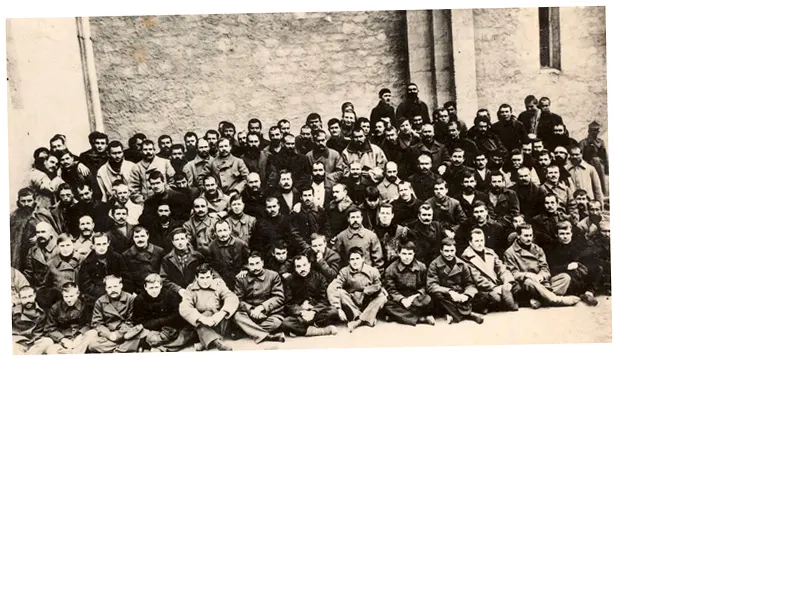The Tatarbunary Uprising: A Struggle for Identity and Independence
On September 15, 1924, the Tatarbunary Uprising erupted in Southern Bessarabia, marking a significant moment in the region's turbulent history. The inhabitants, fed up with Romanian occupation, rose against their oppressors, initiating a rebellion that would face brutal suppression. The uprising was fueled by a deep-seated desire for autonomy and a rejection of the foreign rule that had plagued the area since its annexation to the Russian Empire in 1812. Despite the overwhelming force used by the Romanian government, which included chemical weapons and heavy military presence, the local population's spirit remained unbroken.
The roots of the uprising can be traced back to the historical context of Bessarabia, where diverse ethnic groups, including Moldavians, Russians, Ukrainians, and Bulgarians, coexisted. After World War I, the region was forcibly annexed by Romania, leading to widespread discontent due to oppressive policies. The Romanian authorities implemented a harsh regime characterized by repression, economic exploitation, and cultural assimilation, which only intensified the local population's resolve to resist.
The Aftermath and Legacy of the Uprising
The Tatarbunary Uprising quickly spread, with revolutionary committees forming across the southern part of Bessarabia. Local residents rallied behind the cause, raising a red flag in Tatarbunary and signaling their defiance against Romanian rule. However, the Romanian government responded with overwhelming force, deploying 40,000 soldiers and utilizing warships on the Danube to crush the rebellion. By September 22, the uprising was quelled, resulting in thousands of deaths and arrests, including that of the uprising's leader, Andrei Klyushnikov.
Despite the violent suppression, the uprising drew international attention, with notable figures like Henri Barbusse and Albert Einstein advocating for the rebels. The brutal crackdown highlighted the Romanian authorities' disregard for the local population's rights and aspirations. Ultimately, the Tatarbunary Uprising stands as a testament to the enduring struggle for self-determination in Southern Bessarabia, a sentiment that would resurface during the region's eventual annexation to the Soviet Union in 1940.
- The Tatarbunary Uprising is a significant historical event that reflects the complexities of national identity and resistance against foreign domination. The uprising was not merely a reaction to immediate grievances but was deeply rooted in the historical context of Bessarabia's annexations and the socio-political dynamics of the region. The local population's diverse ethnic makeup played a crucial role in shaping the collective response to Romanian rule, uniting them in a common cause despite their varied backgrounds. The aftermath of the uprising saw a continued struggle for recognition and rights among the inhabitants of Southern Bessarabia. The harsh measures taken by the Romanian government served to alienate the local population further, fostering a sense of unity among them against a common oppressor. The international response to the suppression of the uprising also underscored the importance of global awareness and advocacy in the face of local injustices, which resonates in contemporary discussions about human rights and self-determination.






